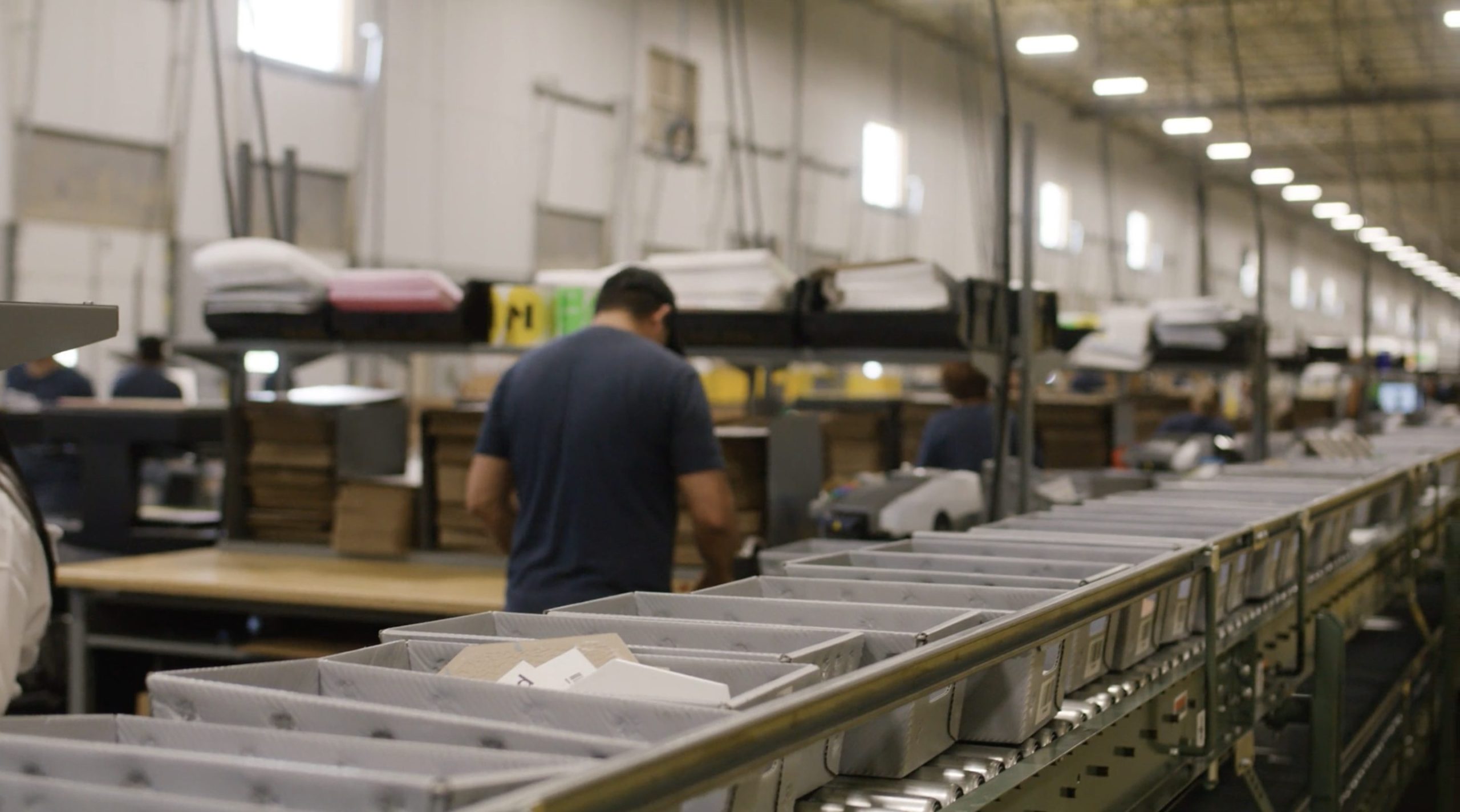
Sustainability may not be mandatory across all industries just yet, but it’s quickly becoming a strategic priority for many companies looking to future-proof their operations. As supply chain leaders face growing pressure from consumers, stakeholders, and regulators to reduce their environmental footprint, many are looking inward to find more sustainable practices. While much of the conversation revolves around electric vehicles, renewable energy, and packaging innovations, one often-overlooked area is the workforce itself.
Flexibility as a Catalyst for Sustainability
A flexible workforce strategy—where labor resources are scaled, trained, and deployed based on real-time operational needs—can be a powerful lever for environmental responsibility. Here are five ways it helps reduce the environmental impact of supply chain operations:
- Eliminates Wasteful Overstaffing and Underutilization
When operations are overstaffed during slower periods, equipment runs unnecessarily, lighting and heating/cooling systems stay on longer, and facility operations continue even when not at full capacity. Conversely, when understaffed, operations are rushed and inefficient, often leading to rework, errors, and wasted materials. A flexible workforce allows staffing to align with real-time demand, preventing energy and material waste on both ends of the spectrum.
- Reduces Transportation Emissions Through Localized Labor
One key feature of a flexible workforce strategy is the ability to tap into local labor pools and deploy teams closer to where work is needed. This reduces the need to transport employees long distances or rely on centralized staffing models that require frequent commuting or relocation. Fewer miles traveled means fewer emissions—every day. Over time, the environmental benefits add up significantly.
- Improves Throughput Efficiency, Minimizing Resource Waste
An engaged and well-deployed flexible workforce is more productive and better trained to do things right the first time. That means fewer mistakes, less scrap, and less energy-intensive rework. Efficient workflows reduce the environmental cost per unit moved, assembled, or shipped. In short, doing the job right with the right-sized team reduces the carbon footprint of your operation.
- Supports Lean Inventory Models
A flexible workforce enables a just-in-time labor strategy that pairs well with just-in-time inventory management. Instead of overstocking inventory to compensate for labor shortages, companies can keep leaner stock and rely on on-demand labor to process materials as needed. This reduces warehousing needs, lowers energy consumption, and decreases the likelihood of waste from expired or obsolete inventory.
- Facilitates Sustainable Growth and Peak Planning
During seasonal peaks, many companies turn to last-minute staffing solutions that prioritize speed over quality. This often leads to excessive training waste, disposable labor practices, and an increased environmental burden from inefficiency. A flexible workforce model built around long-term planning and scalability allows businesses to grow sustainably, meeting peak demands without compromising environmental goals. Properly trained, return-ready workers can be brought in at just the right time, without compromising productivity or sustainability.
Final Thoughts
Reducing environmental impact in supply chain operations takes more than just high-tech solutions—it requires smart people strategies too. A flexible workforce isn’t just good for productivity or cost control; it’s a direct contributor to greener, more efficient operations. From minimizing waste to reducing emissions and improving resource use, workforce flexibility should be a key component of every sustainability roadmap.
About iJility
At iJility, we build flexible workforce solutions designed not just for operational excellence, but for long-term sustainability. Our custom labor strategies help you optimize headcount, reduce waste, and operate more efficiently—year-round. Whether you’re managing a seasonal surge or looking to cut down on operational inefficiencies, we can help you build a workforce that’s aligned with both your business goals and your environmental values.
Schedule a discovery call today to learn how a flexible workforce can support your sustainability goals.
Author: Valentine Trent


